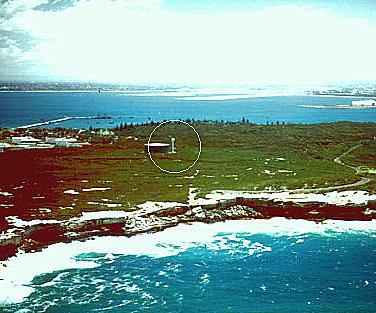Access and Sevices |
Weather Watching
In March 1999, the Bureau of Meteorology installed an automatic weather station on Sydney Water land beside the reservoir on Kurnell headland.
Most of Sydney's severe weather approaches from the southwest or the south. Kurnell, close to sea level and with an uninterrupted view of the horizon, was chosen for the Doppler Weather Radar installation to provide maximum warning of adverse weather to the heavily populated Sydney region. |
 |
This Kurnell installation is a meteorological instrument that continuously monitors rainfall and wind fields within approximately 150 km of Kurnell, with greatest detail closer to the installation. The radar emits electromagnetic radiation which is directed upwards into the atmosphere and the information is transferred via telephone line twenty-four hours a day to weather forecasters who use the information for short-range weather forecasting and warning purposes. Identification of severe thunderstorm activity, including information on squall lines and hail, is foremost amongst these activities, although the strength and timing of arrival of southerly busters that periodically affect the Sydney coast can also be determined. Sea breezes too, and other wind changes, are monitored.
The average television set produces a radiation level of 0.3 microWatts per sq cm (Australian Radiation Laboratories figure). Comparing the Kurnell doppler weather radar to a television set shows that the weather-watch radar radiation at ground level is considerably less than that of the average television set. |
| top of page |



